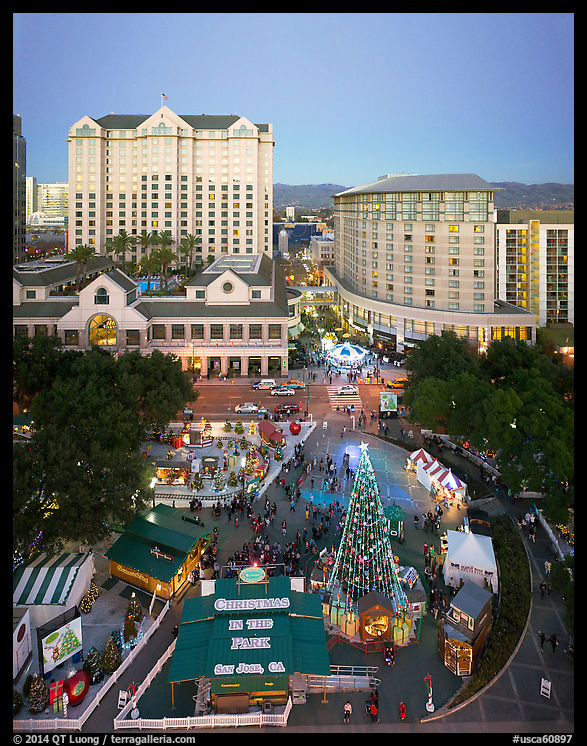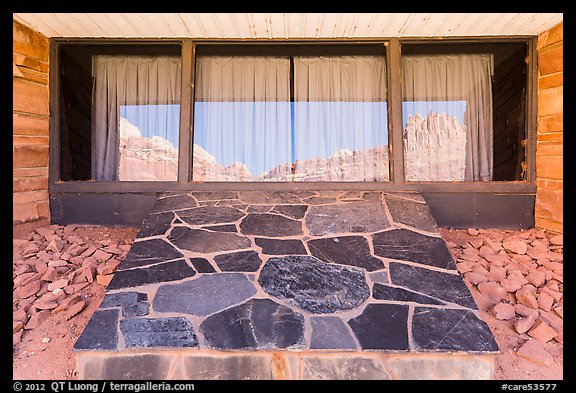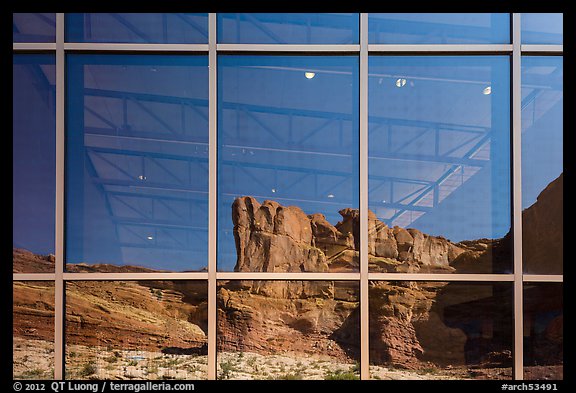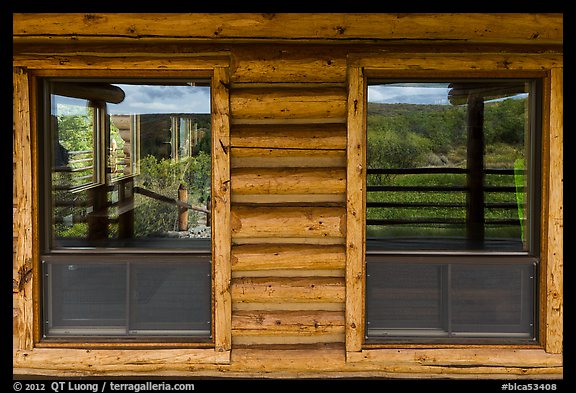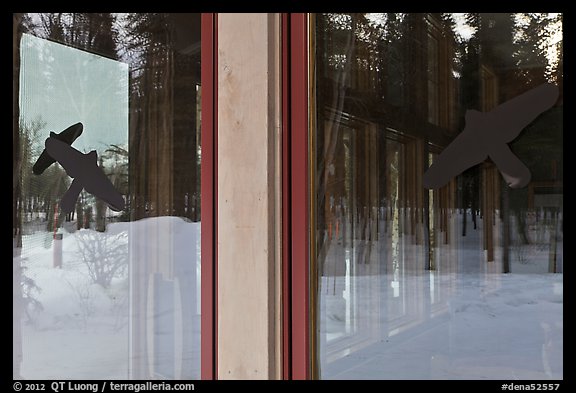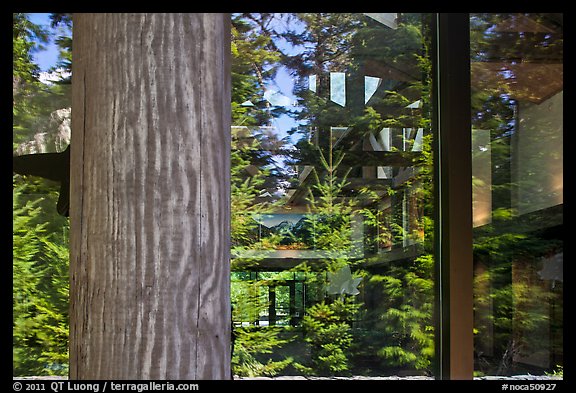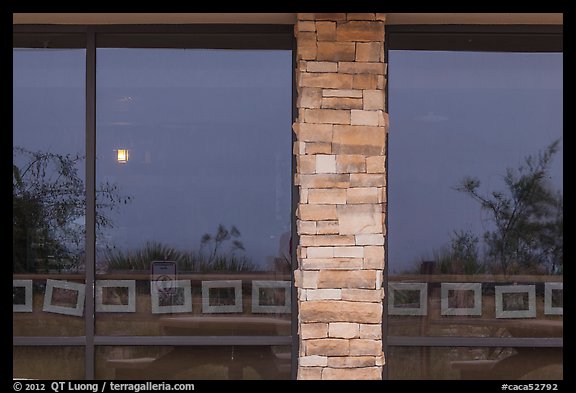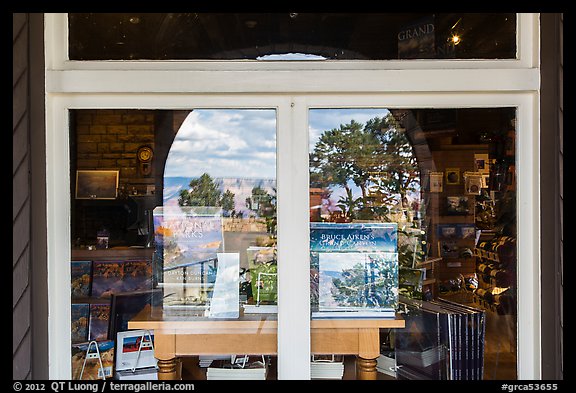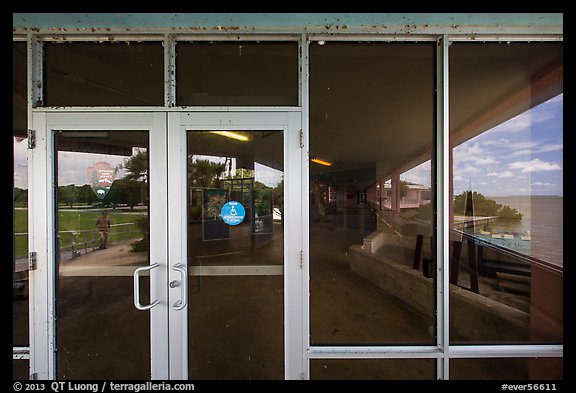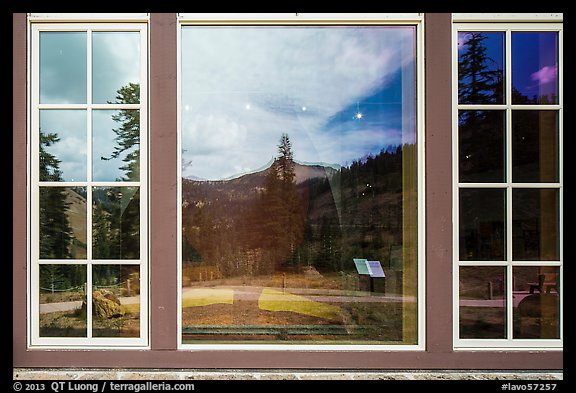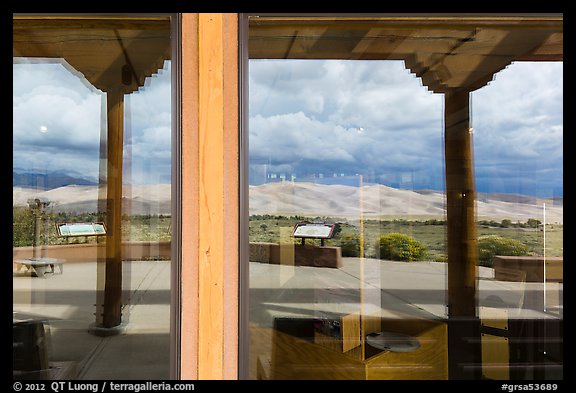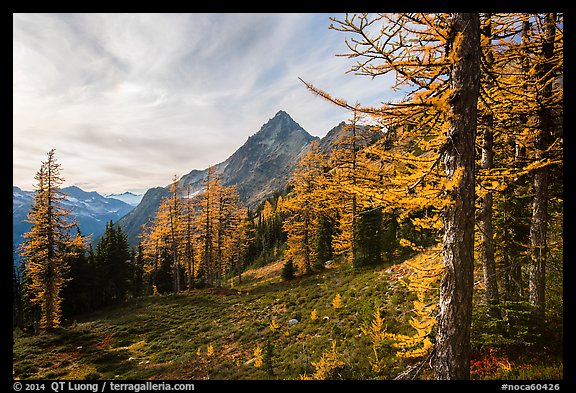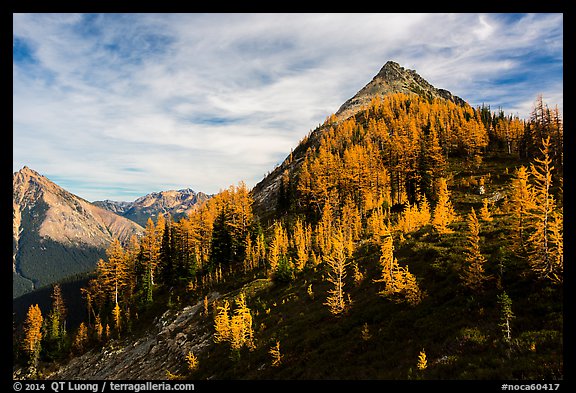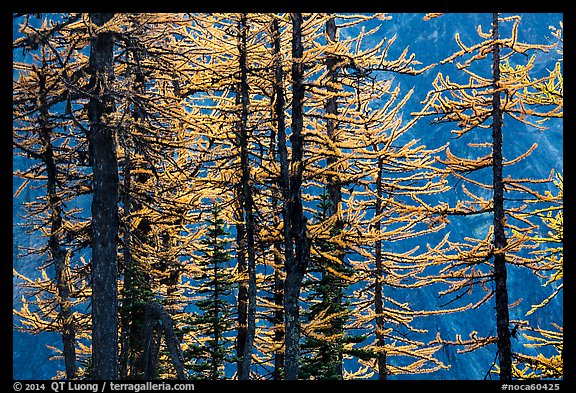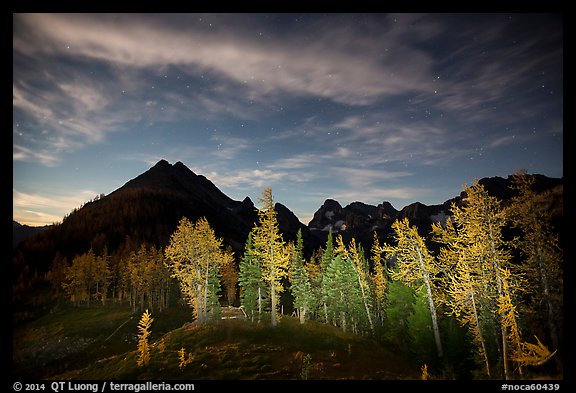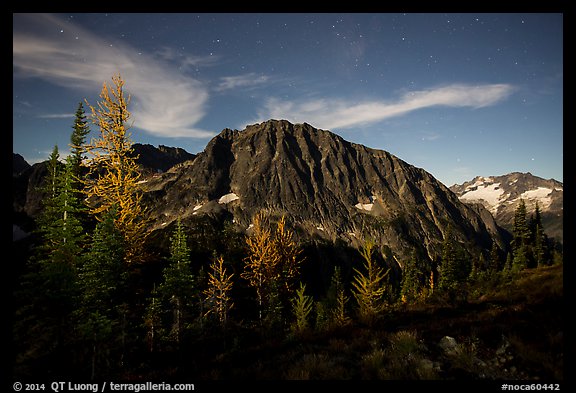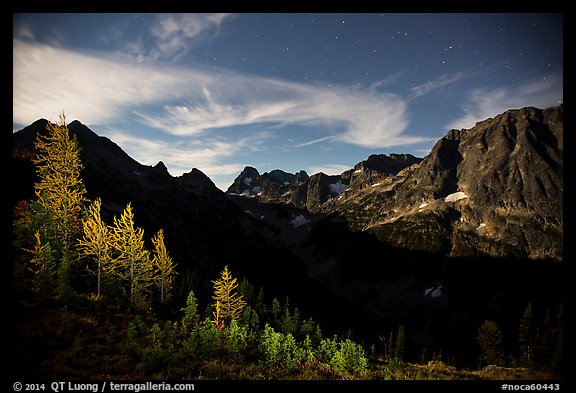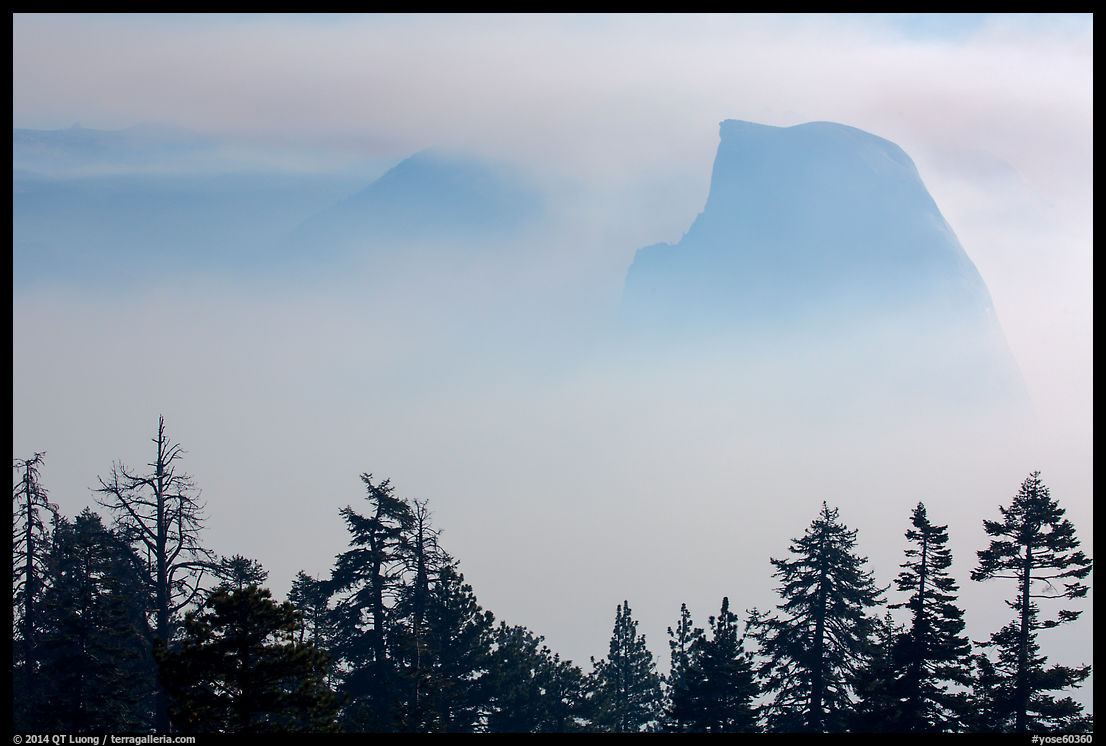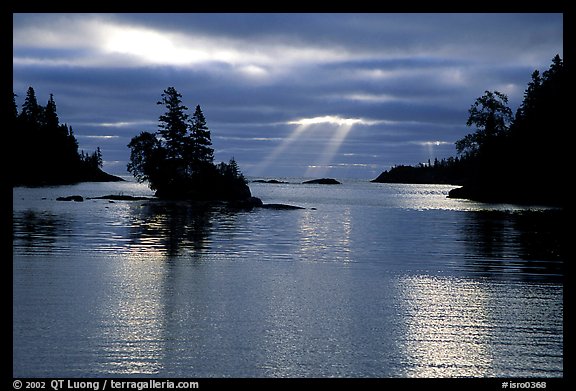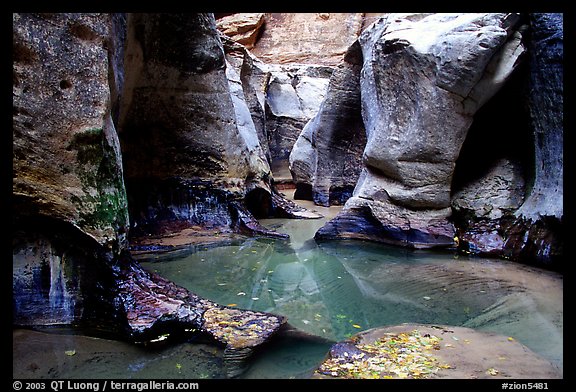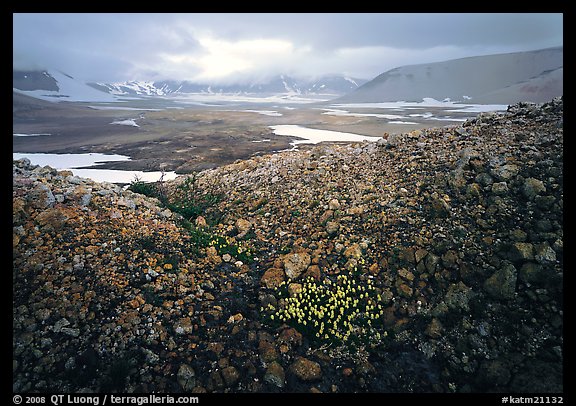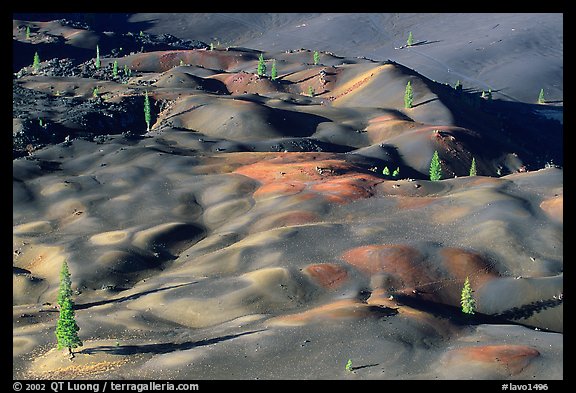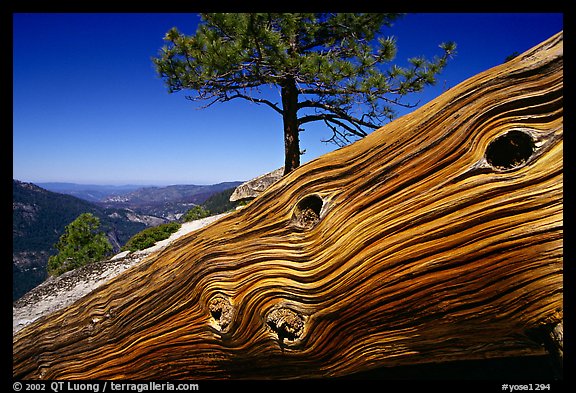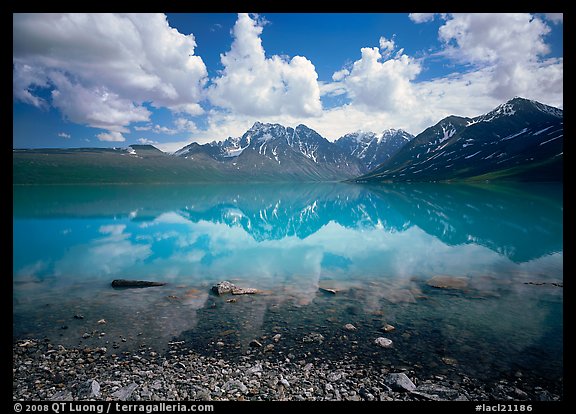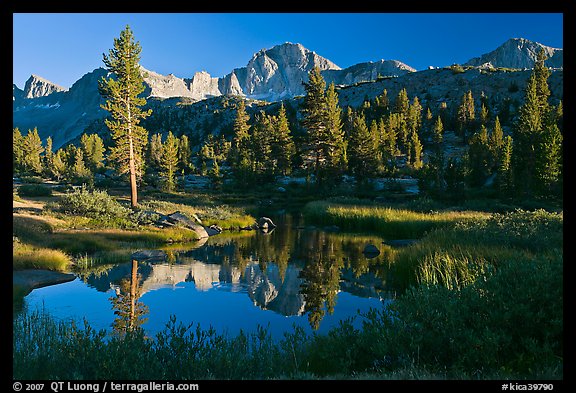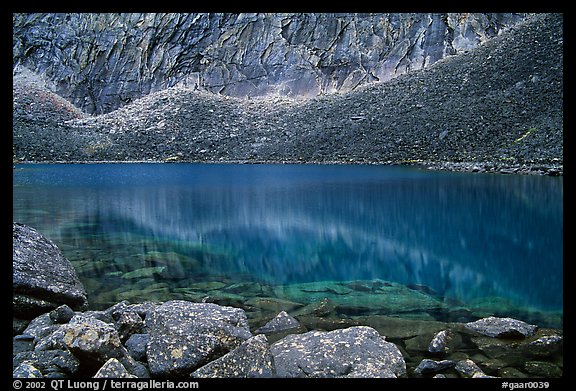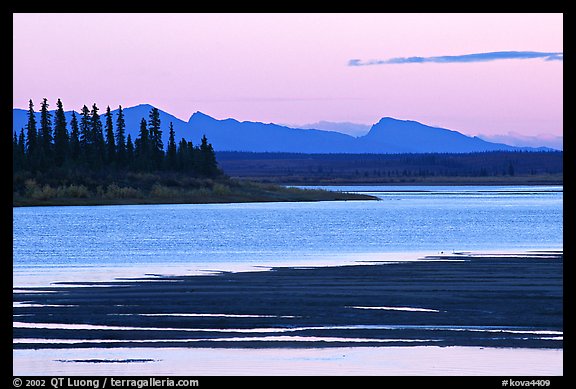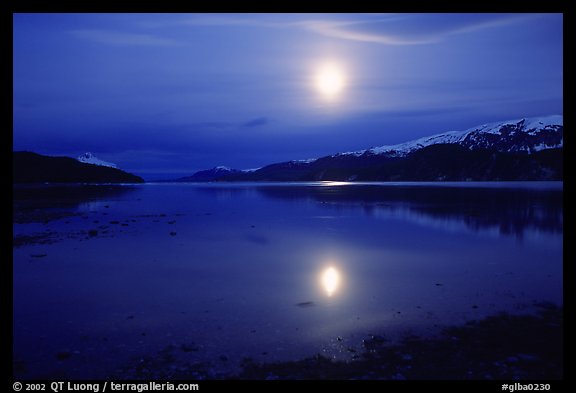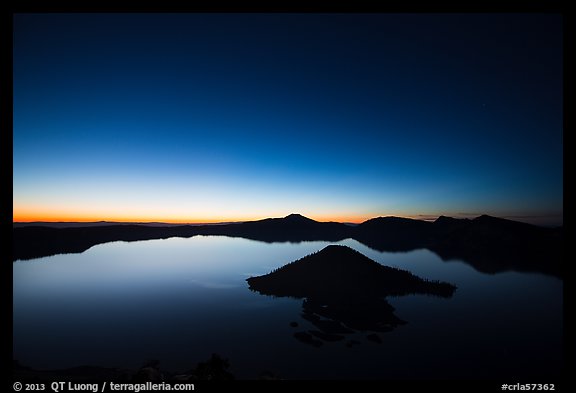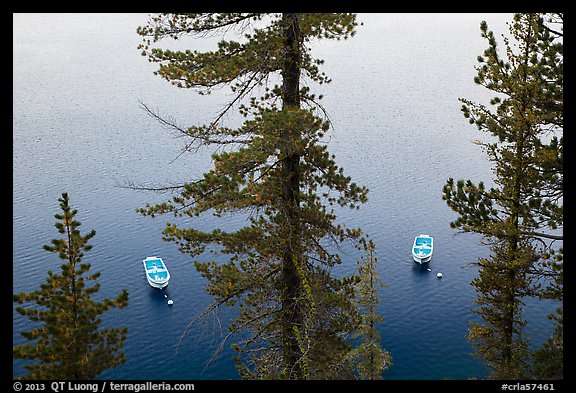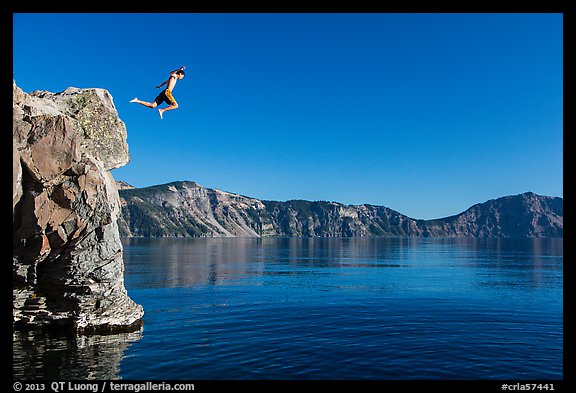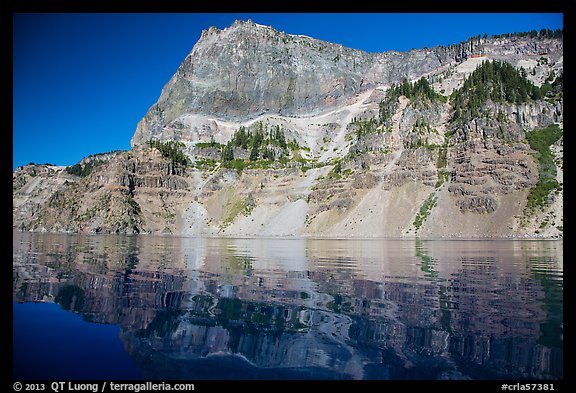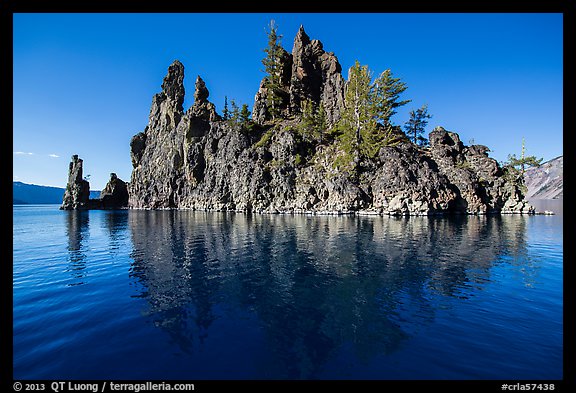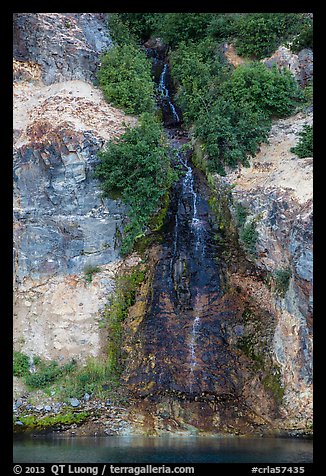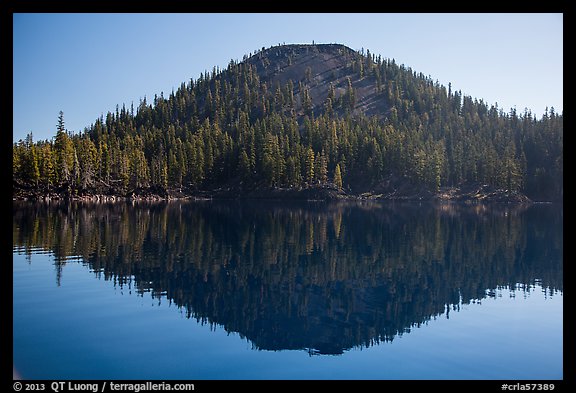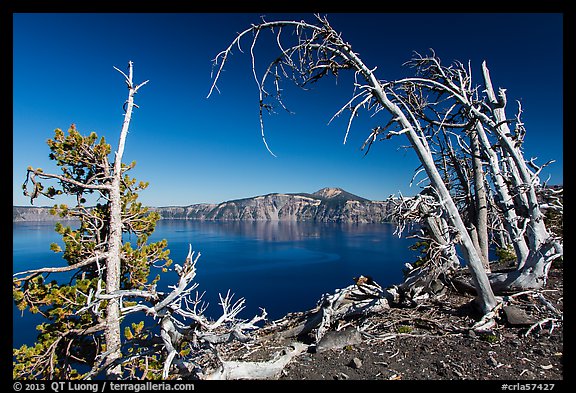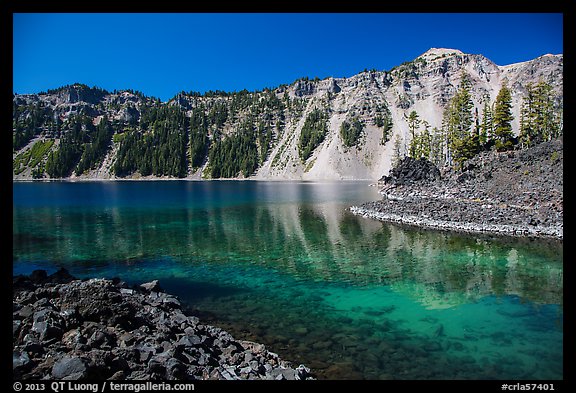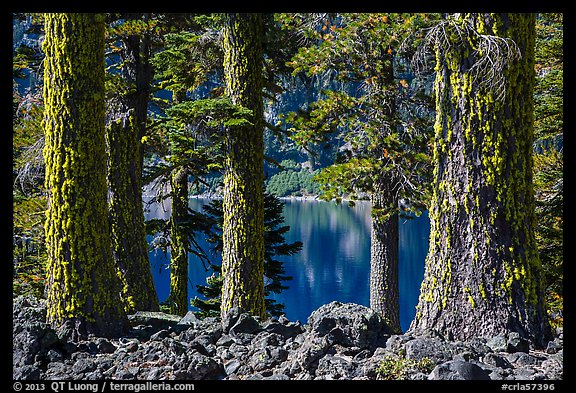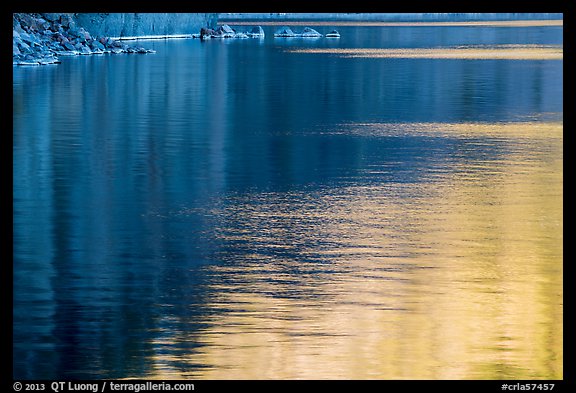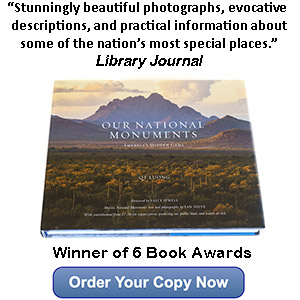Part 2 of 4:
1
|
2
|
3
|
4
Next to the wilderness park that is North Cascades National Park, the historic resort community of Stehekin, situated in Lake Chelan National Recreation area, offers nice amenities in a uncrowded, scenic valley with great hiking trails, some leading into the National Park proper. Arguably the most remote community in the lower 48 states, reminiscent of Alaska, Stehekin can be reached only by floatplane or
ferry starting from Chelan, fifty miles south. Getting to Stehekin is part of the adventure. Last October, I visited Stehekin to check out this intriguing community and explore another seldom visited corner of North Cascades National Park at the peak of fall foliage.
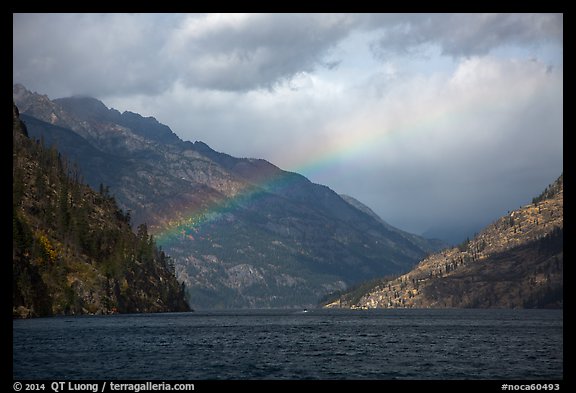
In summer, by combining an incoming trip with the Lady of the Lake Express (leaves at 8:30am, arrives at 11:00am) and a return with the Lady of the Lake II (leaves at 2:00pm, arrives at 6:00pm), it is possible to visit in a day with a layover of 3 hours. That would allow you to take the bus to Rainbow Falls and walk back 3 miles to the landing, taking in glimpses of the Stehekin River and views of Lake Chelan along the way. Rainbow Falls, a highlight of Stehekin for many visitors, is quite impressive, with a total of 470 feet drop, the first 310 feet being continuous.

However, it would be preferable to stay for at least two nights, taking advantage of amenities such as comfortable lodges with great food, outdoor outfitters, or backcountry-like camping accessible by a shuttle bus. Operated by the park concessionaire, the shuttle bus is the only public transportation in the valley. Biking is great (bikes can be rented in Stehekin) if you don’t have a heavy backpack.
In 2014, for the summer season lasting from June 14 to October 5, the shuttle ran four round-trip trips each day. The 11-mile trip from the boat landing to the end of the road at High Bridge takes one hour each way. In the late season, from Oct 6 to Oct 13, the shuttle ran only one time a day.
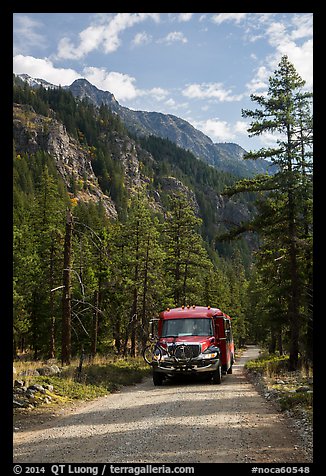
I set out to visit Stehekin on the second week of October because this would be the time when autumn foliage would be peaking in the valley, which sits at a low elevation of about 1,000-1,500 feet. Because of the limited transportation options, and especially the fact that on the day of my arrival, I would miss the shuttle which starts at 9:30, I packed like I would for a backpacking trip. Upon arrival at the Stehekin landing, I was greeted by steady rain. Instead of hiking to the Harlequin campground as I had initially planned, I looked for transportation to the High Bridge campground. The nearby Stehekin Valley Ranch would have been a comfortable place to stay, but it had already closed for the season. After asking several locals, I happened upon photographer Mike Barnhart – a fifty year long valley resident – who agreed to give me a (paid) ride.
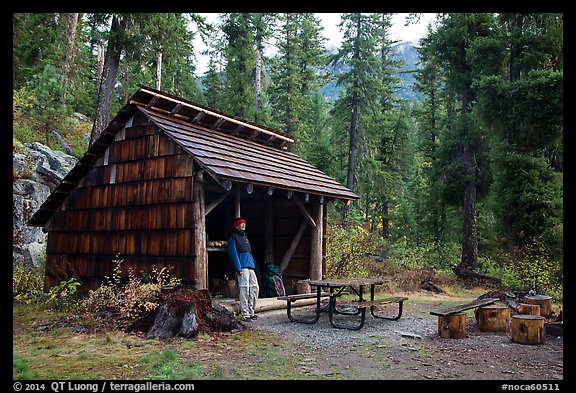
Getting out of the truck at the High Bridge campground in the rain, I was delighted to see that the shelter built in the 1930s by the Civilian Conservation Corps was still in great shape, and quite roomy. I left my overnight gear, and proceeded to the trailhead, just a hundred yards from the campground. Several hikes of various difficulty start near High Bridge.

For the afternoon, I chose the Agnes Gorge trail (5 miles RT, 300 feet gain) since it traverses various forest terrain, including some aspens which provided color.
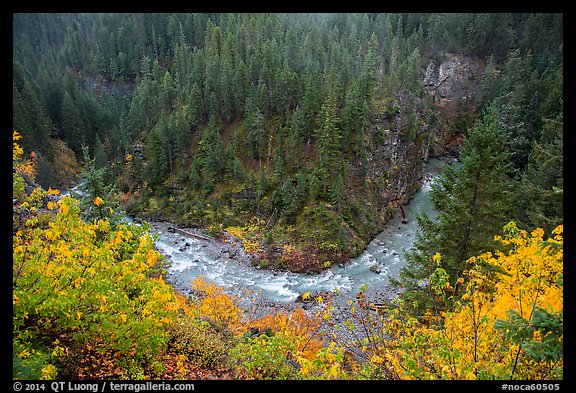
The trail ended with glimpses of an impressively narrow gorge, a subject that also benefits benefit from the soft light of the cloudy day.
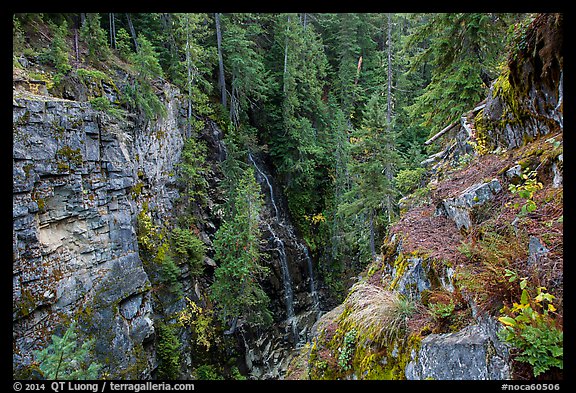
The forecast for the next day had called for partly cloudy weather, so I set out to hike Gregor Mountain, the most prominent peak in the Stehekin Valley, reached through a quite brutal 15-mile hike with more than 6,000 feet of elevation gain.
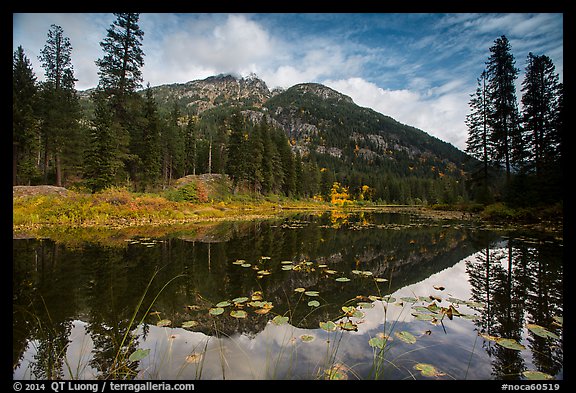
After hiking a mere 1.3 miles, I arrived at Coon Lake. The modest body of water offered so many different compositions reflecting autumn color that it was difficult to leave.
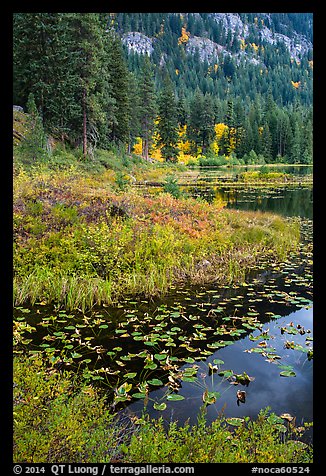
Seeing that the weather was turning cloudy, I scrapped my plans to hike up the mountain. Instead, I spent more time looking for intimate views. I hiked up just high enough to get some views of the lake from above – which, as expected, were a bit flat in that weather.

On the third day – the last day when the shuttle was scheduled to run – since I was well rested, instead of waiting at High Bridge, I hiked down the road to grab some images of the Stehekin River.
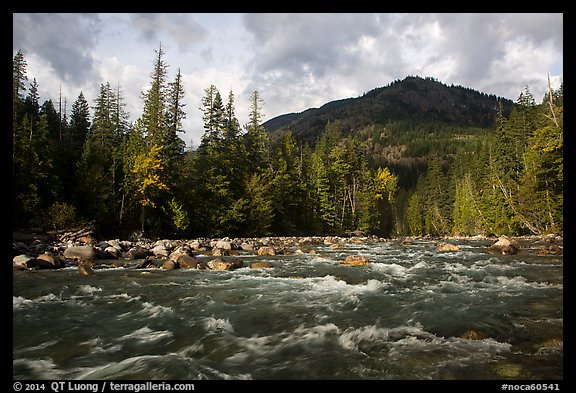
I caught the shuttle about 2 miles from High Bridge, around 10:45am, and rode it to Rainbow Falls, leaving my backpack for the driver to drop at the deck. After spending 45 minutes at the falls, I walked to the landing, making stops along the way to photograph the community and the lake, before boarding the Lady of the Lake at 2pm to return to Chelan.
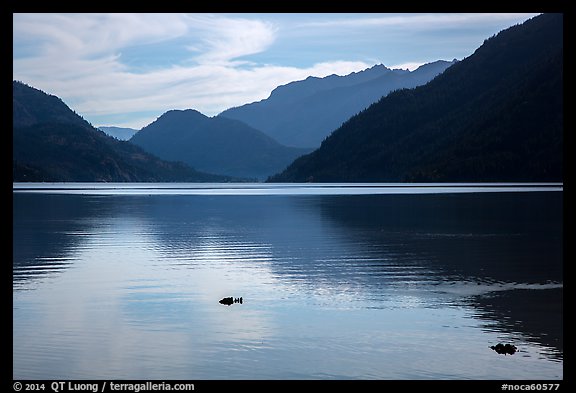
Images of Stehekin:
the community,
Stehekin Valley,
Along the trails,
Lake Chelan.
Part 2 of 4:
1
|
2
|
3
|
4
